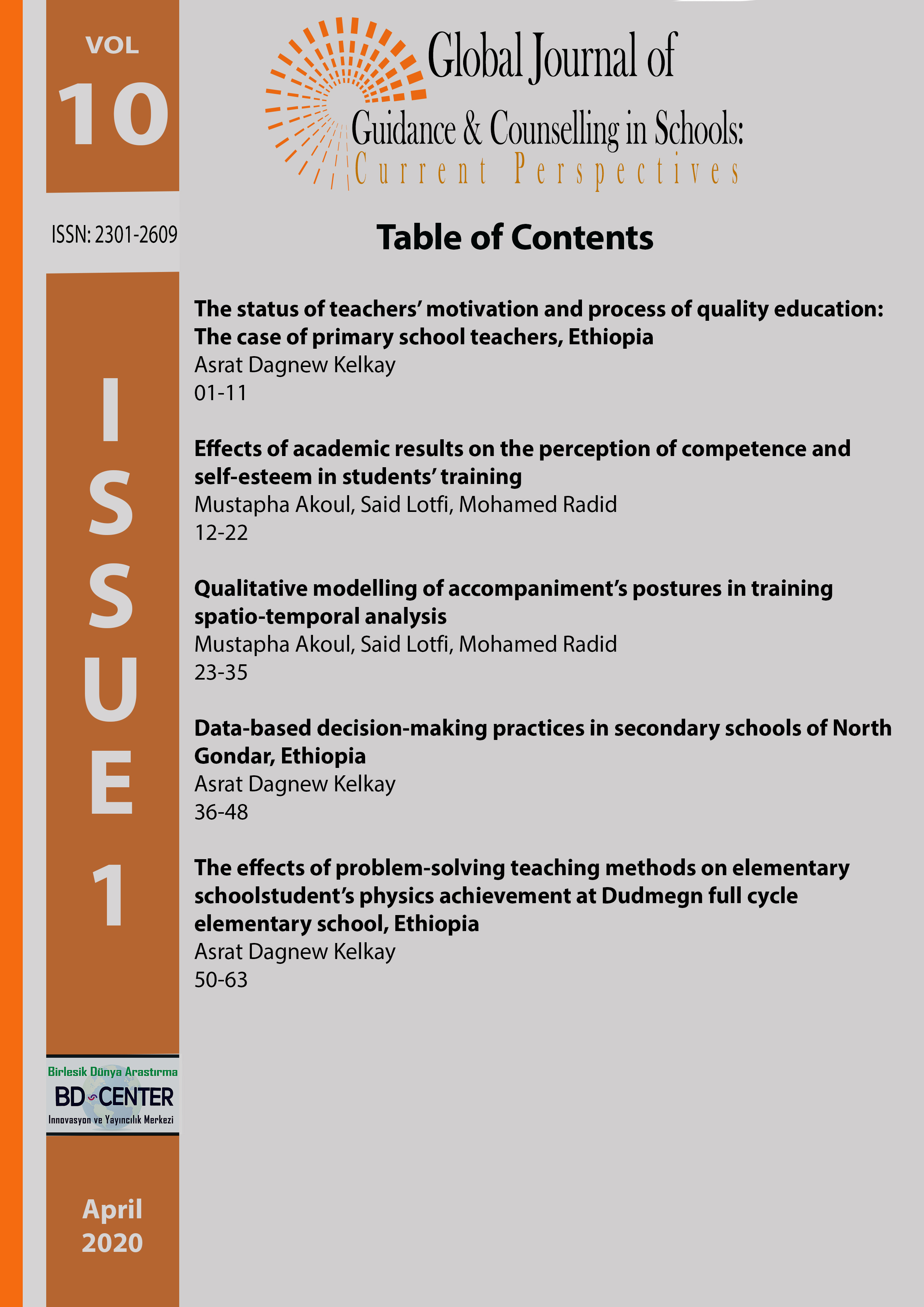Qualitative modelling of accompaniment’s postures in training spatio-temporal analysis
Main Article Content
Abstract
This is a qualitative study that aims at exploring textual data in a coherent set of journal articles on the theme of educational and training support. This textual study allowed us to identify four different postures in all our analyses. Firstly, the time allocated to accompaniment: moving from permanent to periodicals. In the second place, it is about the space where the exchanges between the person being accompanied and the accompanier take place: from proximity to distance in exchanges. On the theoretical level, the aim of this article is to propose a qualitative model through four postures of accompaniment in training and education. On a practical level, it also aims at clarifying the specificities of these four postures, the typical tools of their exercises, the expected effects and the conditions of their application and, finally, the limits of their adoption in different contexts. The relevance of this work is the prescription of a progressive approach on a set of characteristics specific to each of the four postures observed. This progressive continuum obeys an evolutionary dynamic going from the most caring posture for the person being supported to the most empowering for him.
Keywords: Accompaniment, distance, space-time, modelling, postures, proximity.
Downloads
Article Details

This work is licensed under a Creative Commons Attribution 4.0 International License.
